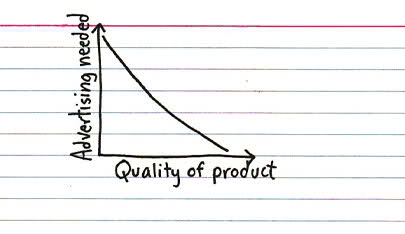22 September 2008 Groupies And Fans
Every brand (band) has its evangelists (groupies or fans). And with social networking sites bringing in big numbers, brands are attempting to capitalise on this. It would appear there are two approaches when it comes to Facebook (if you were to ignore banner ads… which you should). The first being Groups and the second Fan Pages.
The question is… when should you use which (or at all)?
Facebook Group
Too often a marketing team will rush in to make a Facebook Group. And much like a blog, this should be a long term strategy, not a quick fix to make sure you’re part of this new Web 2.0 trend that happens on the Internets.
But many people find Groups somewhat useless after being established. A sudden rush of your evangelists will join but then the curve will start to flatten and eventually turn into a trickle.
That’s because there has been a change in Facebook behaviour with the introduction of Fan Pages. People no longer use Groups as a badge of honour to sit on their page. Given this change, Groups have become high involvement tools, for both the consumer and the marketer. People sign up to Groups wanting more than just the name, they want interaction and response. So when can you use a Facebook Group?
I’m currently the Marketing Officer for MONSU Caulfield, the Monash Student Union. I look after a lot of our promotional side of things as well as bit of branding and communication. Part of this role includes working with our Facebook Group. Over the past year we’ve seen the Group go from 300 to 900 members and only now am I realising how and what it can be effectively used for.
The Events feature has been implemented perfectly on Facebook. Through the group we run regular parties and other events that we invite people to. These have great responses and I know personally instead of checking my diary, I check my Events schedule to see what I’m doing each weekend.
Through the private messaging system we can send out notifications to up to 1,200 people. We are able to easily set up and build awareness for our events, communicate with people and it doesn’t even cost a cent.
Key Point
Set up a Facebook Group only when you have a really passionate following of consumers who want to engage and join the conversation.
Facebook Fan Page
Fan Pages are very different. Upon being introduced, they have changed the way people interact with Groups.
A Fan Page, for the most part, act as a badge of honour. On rare occasion will you actually have someone return to your page looking for information.
However, it does work well to build awareness by appearing in fans’ News Feeds. Particularly with those more influence members, a Fan Page can quickly spread and build even without an invite option.
These usually work well with products or brands that are iconic. Usually popular mainsteam icons tend to do well, such as Nutella with 561,000 fans (interestingly this page is very active, perhaps they’d have been better off with a Group?). Celebrities such as Jack Black do well with 186,000 fans and TV characters also stand out like Barney Stinson with 56,000.
However your icon doesn’t necessarily have to have mainstream popularity. Mi Goreng Instant Noodles has over 45,000 fans. For a brand that does no traditional advertising, not too bad at all.
Key Point
Set up a Fan Page if you have a strong icon, but not necessarily a mainstream one, that build awareness through peer influence. Low to no involvement needed once established.
So before you get the intern to create a Facebook Group or Fan Page because you want to be seen as more Web 2.0, consider what you’re trying to achieve as each does different things. Importantly, also consider if you even need one to begin with.

